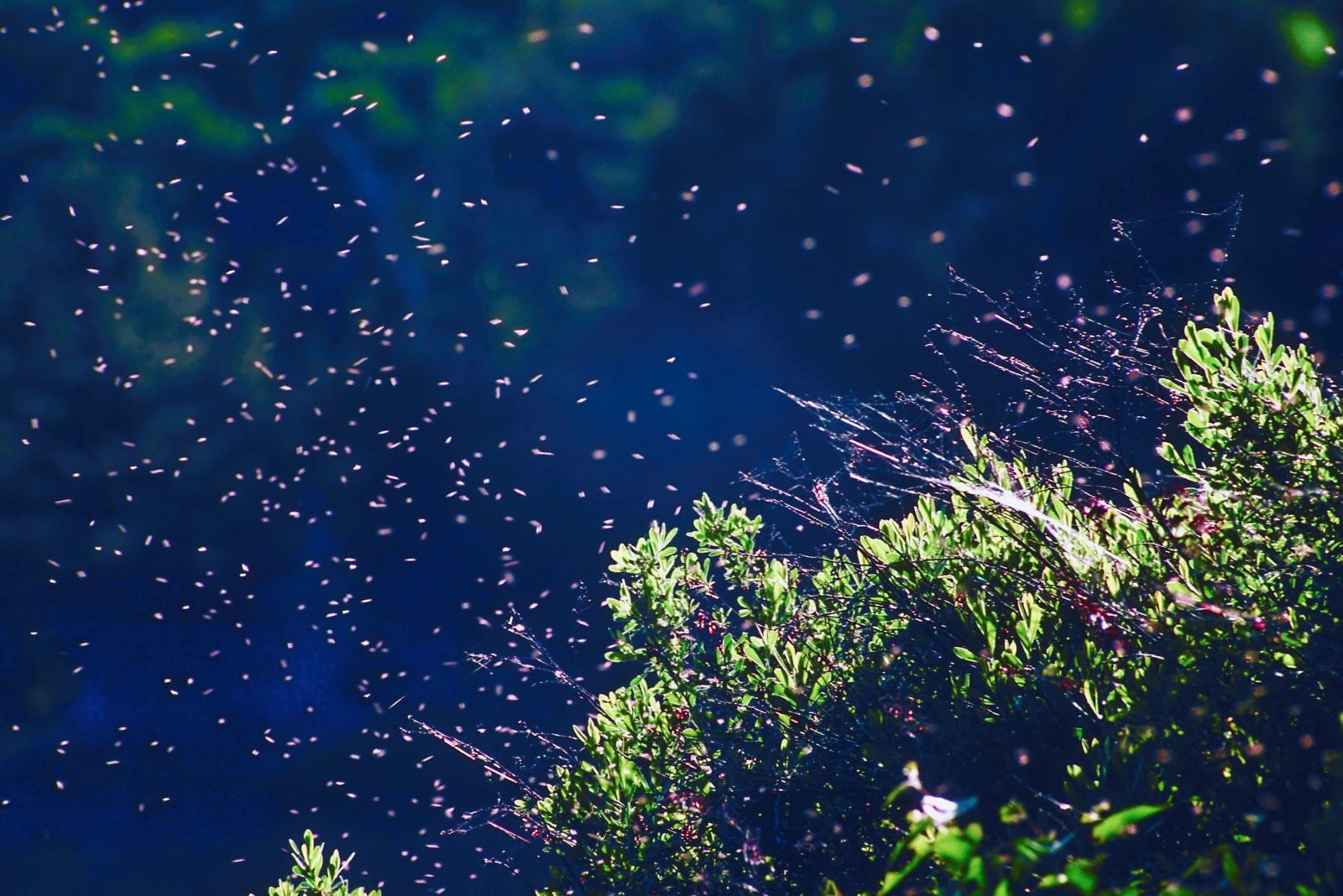
An Integrated Management Approach
Lakes, ponds and wetlands are valuable resources for boating and recreation, fishing, drinking water, stormwater collection, aesthetic beauty and wildlife habitat. But they also serve as common breeding grounds for pesky insects like aquatic midge flies, often referred to as “midge bugs” or “blind mosquitoes.” Midge flies belong to a very large and diverse family of aquatic insects. While often thought of as the “cousin” of mosquitoes, midges don’t bite, sting, suck blood or transmit disease. They can, however, become a terrible nuisance and trigger allergies or respiratory issues.
What is a midge? Where are they found?
Midges thrive near aquatic resources because their egg, larvae and pupae stages must occur in water. They have evolved to populate and prosper under difficult environmental conditions commonly occurring in many of our community lakes and ponds that have excessive nutrient loading, murky water, organic muck accumulation and low dissolved oxygen levels. These same water quality problems that favor midges also prevent midge predators such as fish and other aquatic insects from preying on them. This allows midges to form monocultures across a lake’s bottom and reproduce in extremely large numbers often exceeding 40,000 larvae per square meter. 1,000 larvae per square meter is considered the threshold for nuisance levels. Out-of-control midge larvae populations can become a terrible annoyance, inconvenience and even a health hazard to waterside residents when they metamorphose into adult flies.
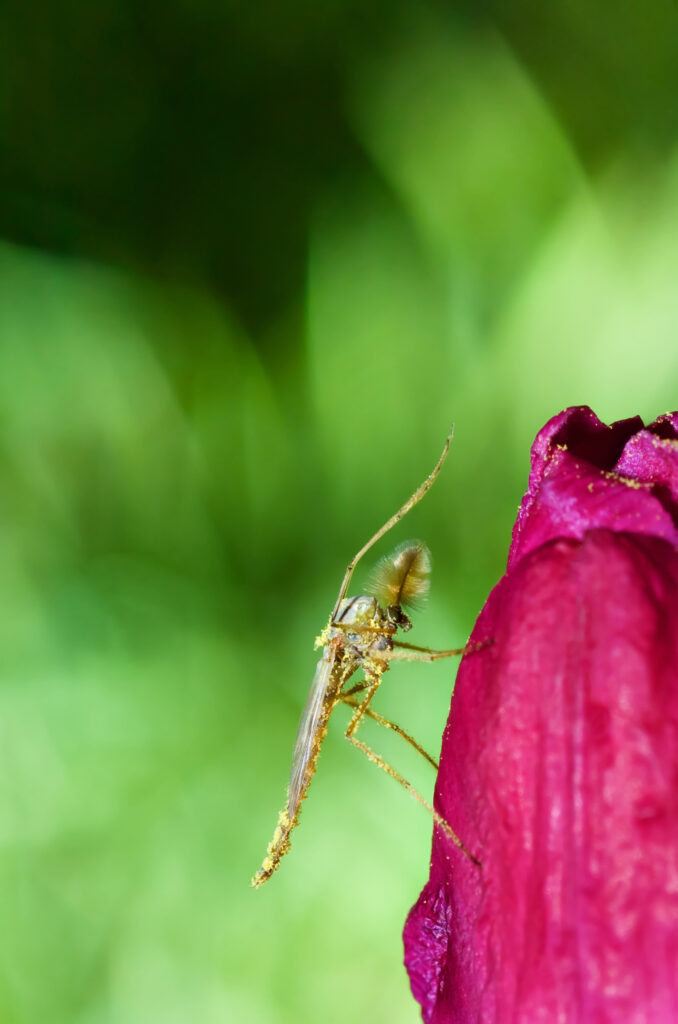
Negative impact of midges:
- Their swarms are attracted to lights around businesses, residential areas, and stormwater systems, which can detract from the enjoyment of outdoor activities.
- Large populations of midges are known to blanket cars, building exteriors and other surfaces, which can stain or damage them over time.
- Many communities experience a rapid increase in local spider populations reacting to the midge flies as a food source.
- Residents find their eaves, screened lanais, porches and windows covered in spider webs full of decaying midges and smelling like dead fish.
- Typically, midges are the biggest nuisance in the spring and fall when adults emerge from the water surface. However, in many states, particularly across the south and Florida, midge fly season is year-round.
An Integrated Midge Management Approach
Managing midge fly populations below nuisance levels requires an integrated approach to achieve successful long-term control—starting with bathymetric mapping of the habitat and a professional larvae assessment. Midge larvae surveys are crucial tools to determine which midge species are present and how to effectively manage them.
Targeting midge growth:
To directly halt midge growth, a combination of products can be used to eradicate or regulate the growth of midge larva before they reach the adult stage. Blood midge larvae, for example, thrive in bottom sediments and must be targeted with an ingestible larvicide. On the other hand, phantom or ‘ghost’ midge larvae flow freely throughout the water column and are targeted with a growth-regulating hormone that prevents them from becoming healthy adults.
Once larvae surveys are completed, an integrated approach may continue with strategic larvicide treatments to disrupt midge lifecycles, as well as the following management approaches:
- Balance water quality conditions to prevent algae growth
- Enhance biological control via predatory fish stocking
- Increase circulation and dissolved oxygen levels through aeration
- Develop a healthy and diverse shoreline littoral habitat
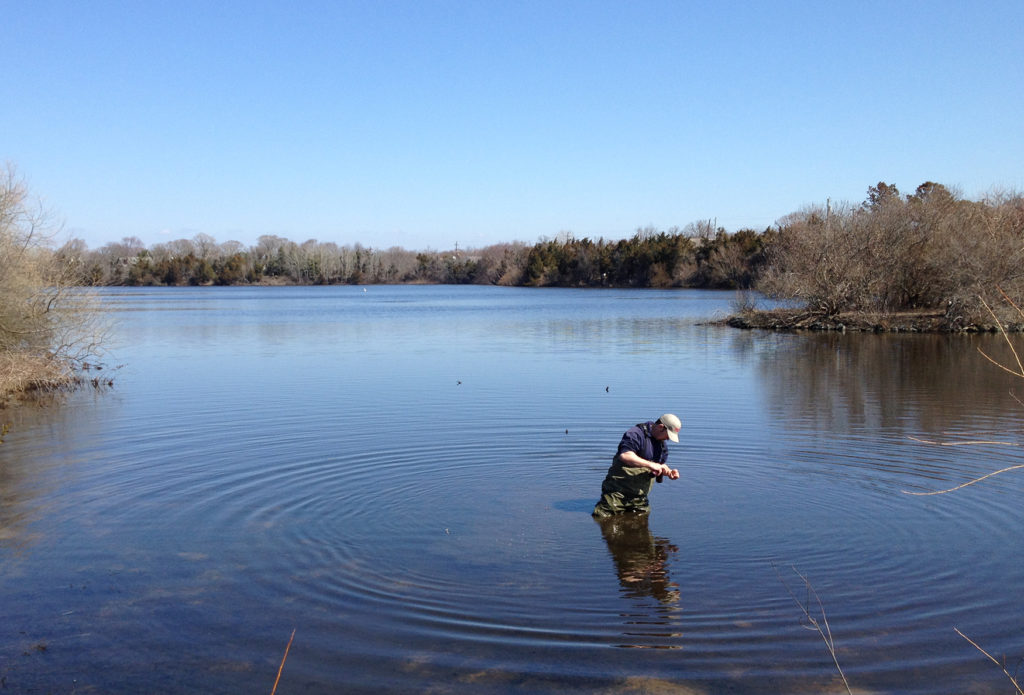
Balance water quality
- Ensure stormwater management facilities are within compliance in order to properly divert watershed runoff containing phosphorus, nitrogen and other pollutants.
- Use nutrient remediation products like Phoslock, Alum or Biochar to help create balanced water quality conditions that are less hospitable to the algae blooms on which midge larvae feed.
- To eradicate stubborn algae blooms, work with your lake and pond management professional to arrange the application of EPA-registered algaecides.
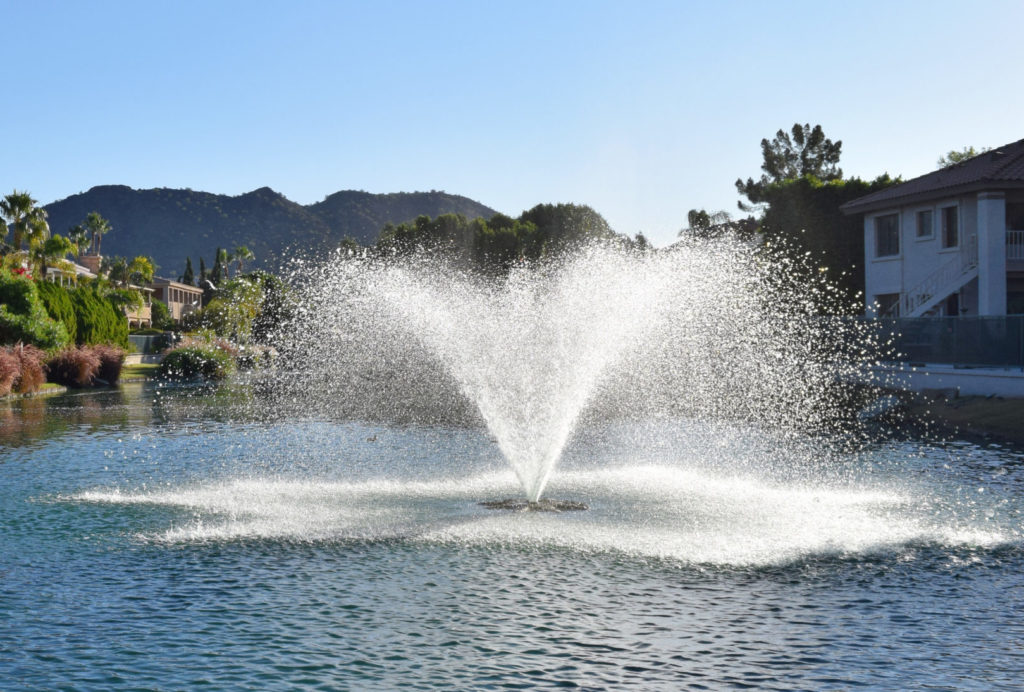
Introduce aeration
- Traditional aeration solutions and new technologies like nanobubbles can be used to naturally increase dissolved oxygen levels, thus accelerating the oxidation of undesirable nutrients – the primary food source that filter feeding midge larvae rely on.
- Raising oxygen levels throughout the water column will allow predatory fish to attack the larvae population hiding in deeper bottom waters and sediments.
- Increased oxygen levels can help reduce phosphorus, nitrogen and algae growth, improving the lake or pond’s overall water quality, clarity and beauty.
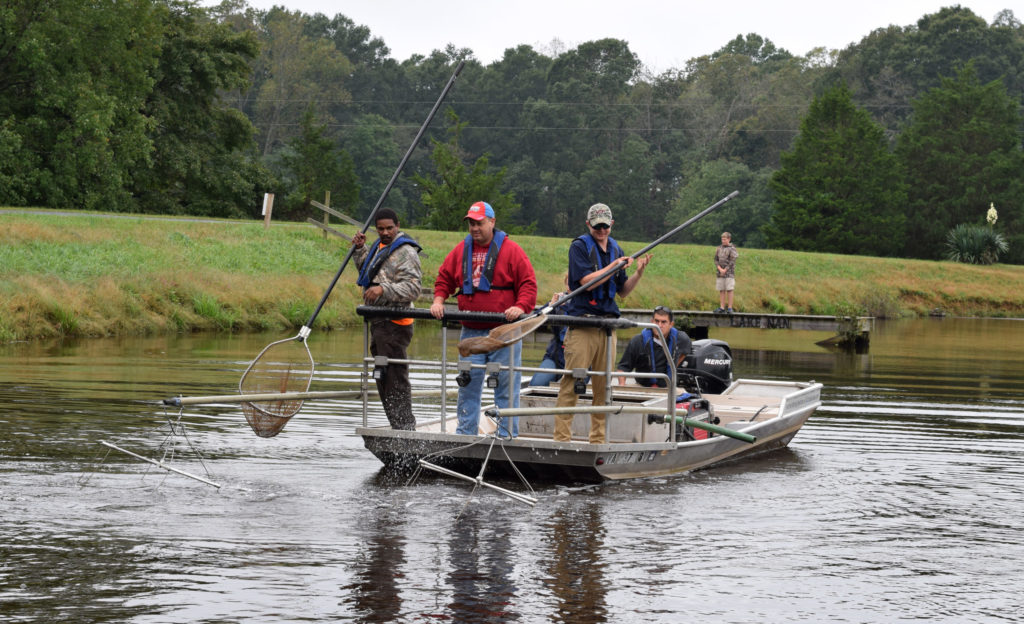
Manage fish populations
- Arrange a professional electrofishing assessment to survey your fish population and ensure the proper predatory fish species like Bream and Gambusia are present to feed on midge larvae.
- Stock the correct quantity of fish for your lake’s or pond’s midge species and density, and restock yearly to maintain abundant fish populations.
- Consider supporting fish populations with the introduction of automatic fish feeders and habitat structures.
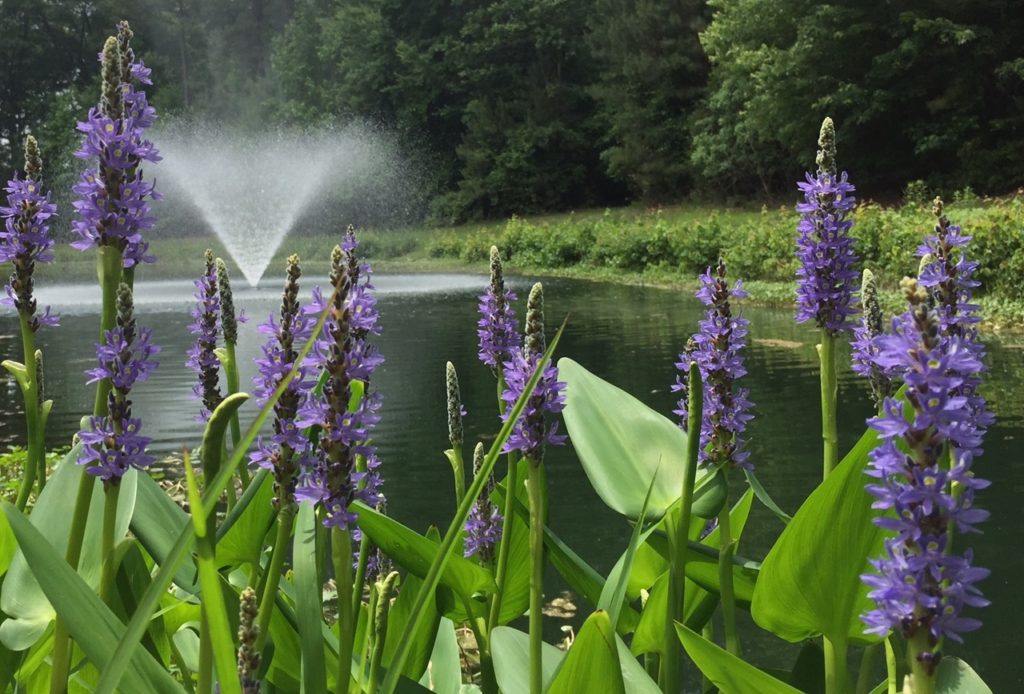
Cultivate a healthy shoreline
- Introduce a variety of native flowering species to help limit the negative impacts of nutrient loading. Beneficial plants include arrowhead, pickerelweed, canna lily and blue flag iris.
- Native vegetative plantings also provide cover and shelter for midge predators including gambusia, bream, amphibians and dragonfly nymphs and adults.
- Is your shoreline too eroded to plant? Install a biodegradable shoreline erosion control system like coconut coir logs or ShoreSOX to restore banks and hillsides for more than 10 years.









